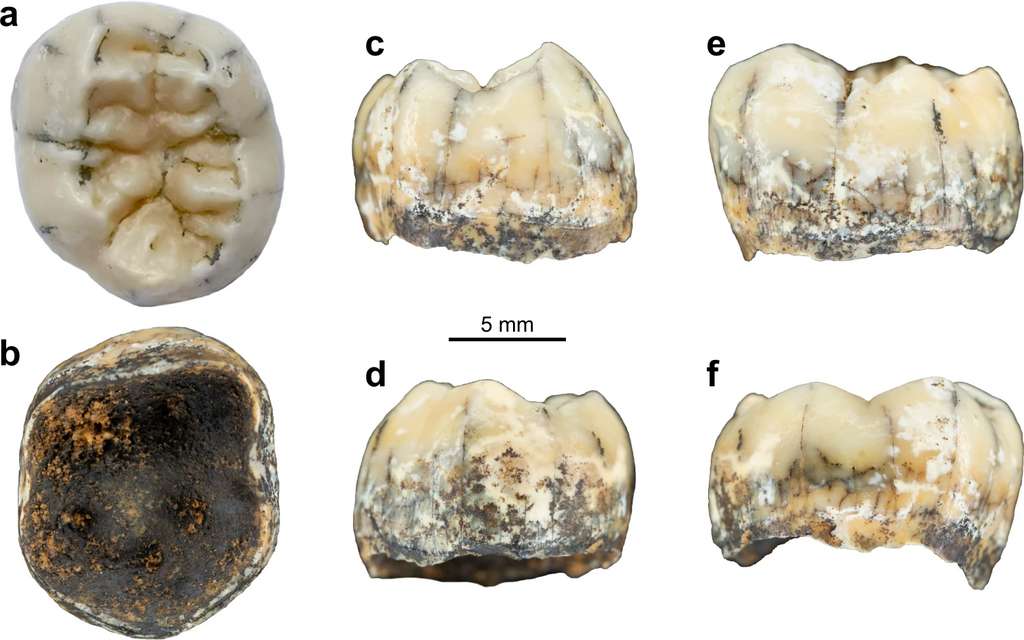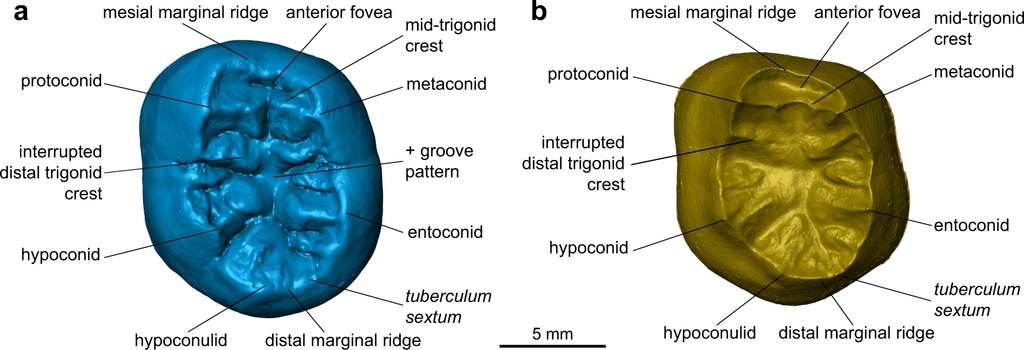Could Denisova’s Man, whose remains had previously come from Siberia and Tibet, also have been present much further south? The discovery of a tooth from a young Denisovan seems to indicate that the species was also found in Southeast Asia, in very different climates and where it may have encountered other human species.
You will also be interested
[EN VIDÉO] Learn to carve flint like in prehistory Flint knapping holds an important place in Mesolithic society, the prehistoric period. It was at this time that she benefited from the arrival of a new technique using a soft striker. Discover, during this video from Inrap (National Institute for Preventive Archaeological Research), how the first humans fashioned their tools.
Who was Denisova’s enigmatic Man? The Denisovans were close cousins ofHomo sapiensrubbed shoulders with him and even bred with him. The last common ancestor of Denisovans and Modern Man dates from -700,000 to -500,000 years ago. If these last points may suggest that the Denisovans are well known to anthropologists, it is quite the opposite. Some Genoa of this mysterious species may have been sequenced, the appearance physical and the culture of the Denisovans remain very little known.
Little is known about the Denisovans’ physical appearance and culture.
The material evidence of the existence of this species was actually based so far on the discovery of rare remains found at the level of the Tibetan plateau and in the cave of Denisova in Siberia, which gave its name to the species. It was therefore assumed that the range of Denisova’s Man was restricted to northern Asia. However, a research team recently published in the newspaper NatureCommunications the discovery of a new fossil which upsets this last hypothesis and provides new elements as to the knowledge of Denisova’s Man.
Adaptations to various climates
The authors of the study indeed present the analysis of a new fossil attributed to a member of the Denisovan species. This is a fossil tooth that was found in a cave in northern Laos (over 4,000 kilometers south of Denisova Cave).
The authors suggest that this molar belonged to a child between three and a half and eight and a half years old because the roots of the tooth are not fully developed. Moreover, the absence in theE-mail from some peptides associated with chromosome Y suggests that the child was a girl. The dating of the tooth places the life of the child between 164,000 and 131,000 years ago. This age corresponds to a period during which there were several human species including the Denisovans, Homo sapiens, H. neanderthalensis and H. erectus. One of the co-authors of the study, Dr. Shackelford, explains however that if the presence of Denisovans well in the south of Siberia was suspected, it had never yet been physically proven. The presence of this tooth in Laos was unexpected for the team, but they are confident that the molar belongs to a Denisovan woman. This molar indeed resembles those found on the Denisovan jawbone in Tibet and is notably very large, which is one of the characteristics of the species.
The authors thought at first that it belonged to H. erectus but the morphology of the molar actually turned out to be “too complex” for this species. Analysis DNA remain to be carried out in order to validate that the molar belongs to a Denisovan. The presence of Denisovans in Laos would mean that individuals of this species were able to adapt to very different environments and climates such as those icy in Siberia and Tibet and those sparsely forested and temperate in northern Laos. This plasticity would be more similar to that ofHomo sapiens than that of Neanderthals, more generally adapted to cold climates. This discovery of a Denisovan in Southeast Asia opens up promising prospects for the discovery of new remains of extinct human species in this region.
Interested in what you just read?


